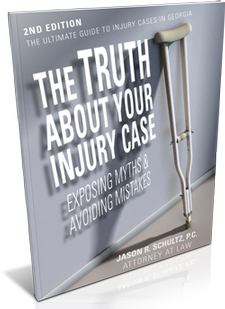Risk Factors for Drowning Accidents
Certain factors may increase risk of drowning. If a party is aware or should have been aware that certain action or inaction, or other factors, may increase risk of drowning, this may be used to establish liability in the case.
According to the CDC, the age group with the highest risk for drowning is children ages one to four. Meanwhile, it is the second leading cause of unintentional death (motor vehicle accidents are first) for children ages 1 through 14.
The Centers for Disease Control and Prevention (CDC) report that every day in the United States, an average of two children under the age of 15 die from drowning. And for every child that dies, five more suffer non-fatal injuries that require emergency medical attention.
The following are some other risk factors for child drowning accidents:
- impairment (teens);
- don’t know how to swim (or skills are poor);
- failure to prevent access (pool fencing, gates, locks);
- failure to wear a life jacket; and
- improper supervision.
Seeking Help from a Child Injury Attorney in Atlanta
It may be in your best interest to seek legal advice from a child injury attorney at the Law Office of Jason R. Schultz in Atlanta. We will carefully review the evidence and information to determine if you have a viable claim.
We can assist with collecting additional documentation that may help in building a strong case. It will be important to talk with an attorney who has handled cases involving child drowning accidents. Call us at 404-474-0804.


